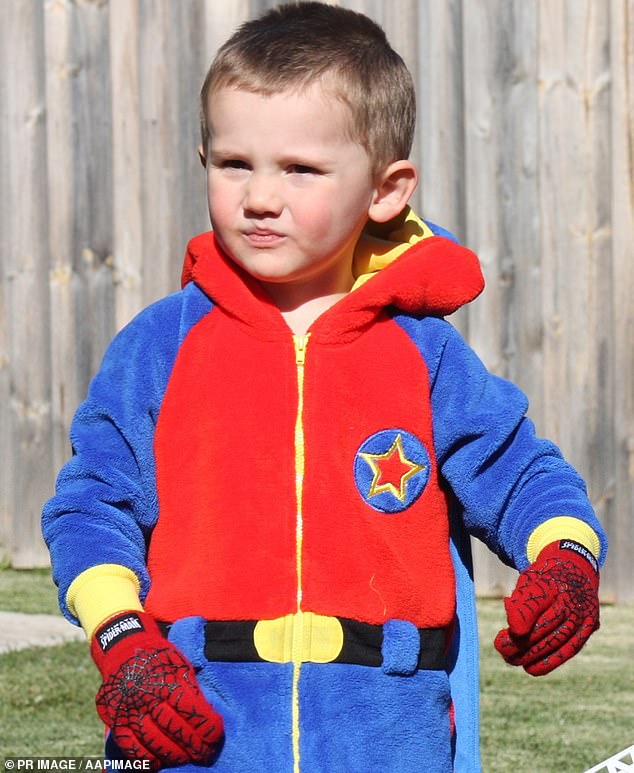William Tyrrell’s remains would have disappeared years ago even if they had not been scavenged by wild animals, an inquest into his disappearance in 2014 was told.
The coroner’s inquest resumed this week to investigate the mystery of how the three-year-old boy disappeared from his adoptive grandmother’s home in Kendall, on the New South Wales mid-north coast, 10 years ago.
Forensic anthropologist Dr Jennifer Menzies told Tuesday’s hearing that the boy’s bones would only have survived up to seven years in the bush.
He said the skeletal remains of a child could withstand weather and other outdoor factors for a long time before disintegrating.
But there were elements such as exposure to sunlight, very acidic or alkaline soils, high temperatures and animal predation that would accelerate their destruction.
Dr Menzies said children’s bones were more likely to disintegrate sooner than those of an adult because they had “lower mineral content and higher organic content”.
But he also said the animals could have carried the boy’s remains up to 3 kilometers away.
Other factors could also have obscured or destroyed the body of a child dumped in the bush, such as “leaves, roots of plants or trees growing around the body, branches falling from above.”
The bones of a child like William disintegrate faster than those of an adult because they have a higher organic content and a lower mineral content.
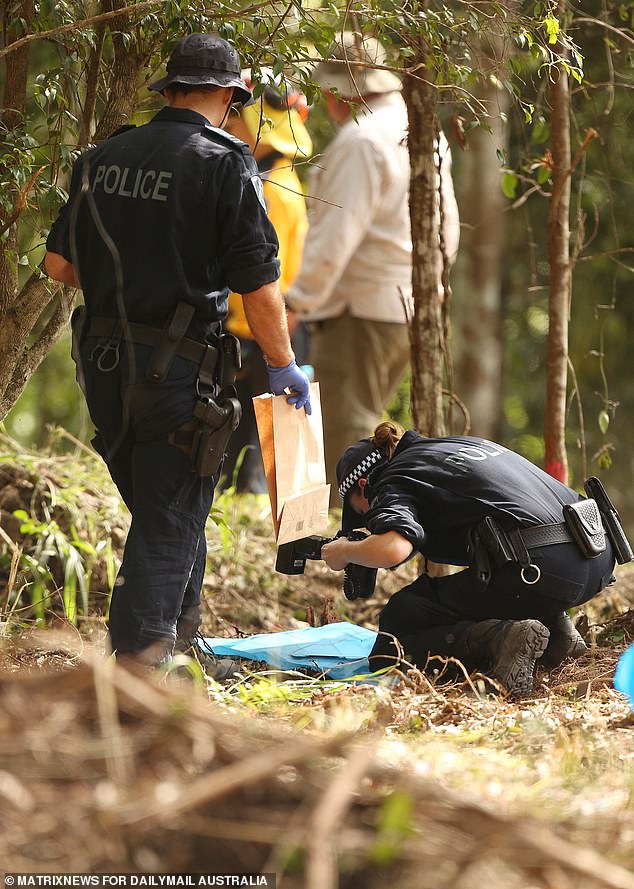
The inquest has heard that William’s remains could have remained in the bush for seven years or could have disintegrated due to environmental or predation factors.
He also said the remains could have been “moved or obscured by ants or termites, rain runoff, windblown sand, digging by rabbits, wombats, dogs or foxes.”
The inquest is currently investigating the police theory that William Tyrell’s adoptive mother buried his body in bushland after he fell from a balcony to his death on the morning he disappeared.
William Tyrrell’s task force, Strike Force Rosann, asked Dr Menzies in 2012 what might have happened to William’s bones.
Counsel assisting the inquest, Gerard Craddock SC, asked Dr Menzies whether injuries suffered before death, known as “perimortem trauma”, could accelerate the decomposition of the remains.
Dr Menzies said some studies found that “early exposure of bones accelerated decomposition due to insects”.
“Other studies found no differences when perimortem trauma was present.”
Craddock told the inquest reopening on Monday that the police theory was that “William must have died at (his adoptive grandmother’s home at) 48 Benaroon Drive (in Kendall).
“The theory… police claim is that she must have quickly resolved that if William’s accidental death was discovered, she might lose ‘Lindsay.'”
Lindsay (not her real name, which cannot be revealed for legal reasons) was another foster child in the care of the foster mother at the time, who also cannot be identified.
“Police claim that in that state of mind, (the foster mother) placed William in his mother’s car,” Craddock said.
“After alerting (a neighbor) about William’s disappearance, (she) drove her mother’s car to Batar Creek Road and placed William’s body somewhere in the brush.”
Police dog handler Constable Matthew Gates, who the day after the disappearance searched the area where police theorized William’s body was dumped, was asked if William could have made it that far through the dense undergrowth.
SC Gates, who said he found it difficult to get through foliage nearly as tall as he was, let alone have a three-year-old child struggle through the bushes, found the idea “yeah, impossible.”
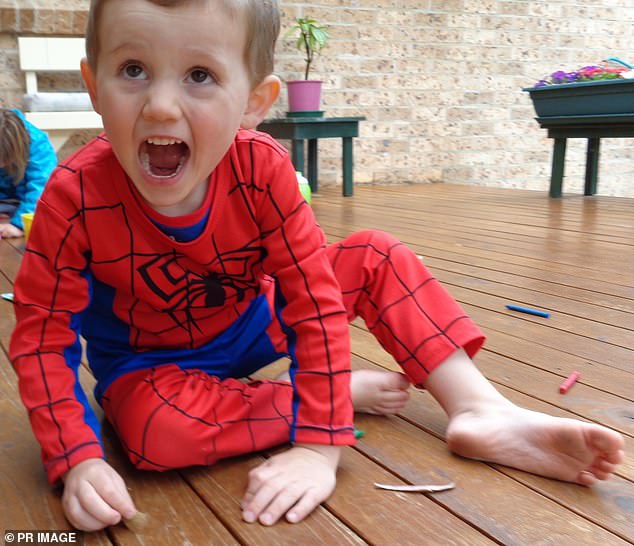
The inquest into the disappearance of William Tyrrell will investigate the police theory that his adoptive mother buried his body in bushland after he fell from a balcony.
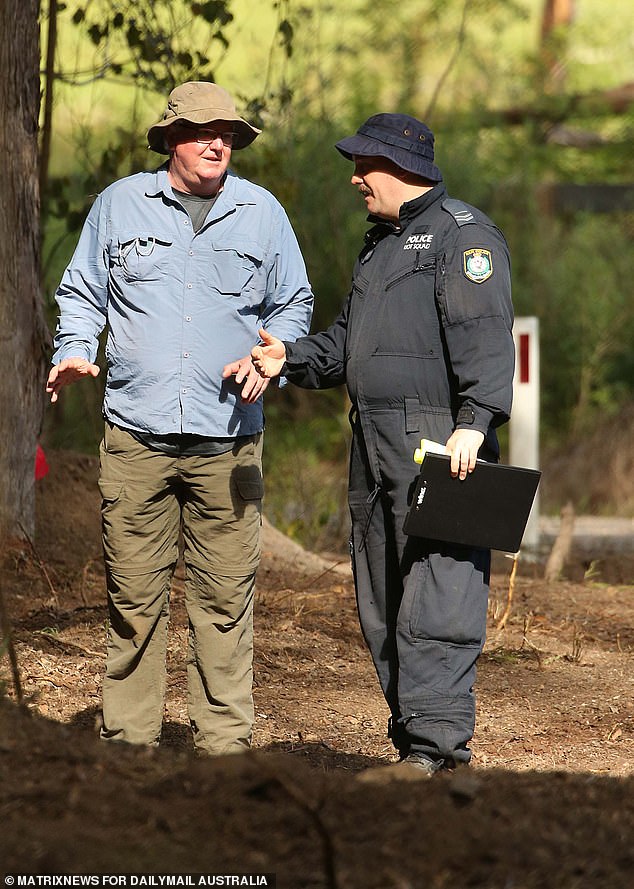
Professor Jon Olley, a water sciences expert, at the 2021 William Tyrrell excavation, gave evidence on Monday at the latest round of inquiry hearings.
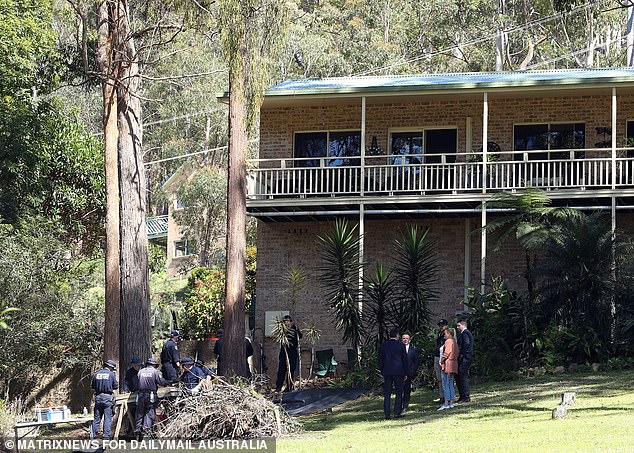
In 2021, police search the Kendall home from which William disappeared in 2014, theorizing that he may have fallen from the balcony in an accidental death.
.

William’s adoptive parents will attend the hearings, as will Strike Force detectives Rosann and her boss, Detective Chief Inspector David Laidlaw.
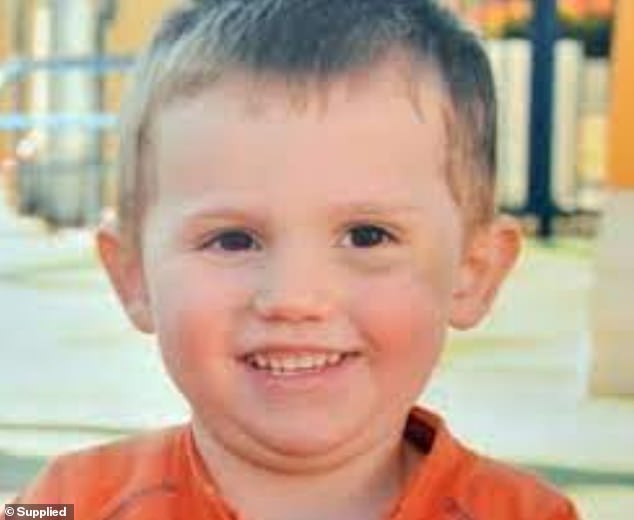
The investigation into the disappearance of three-year-old William Tyrrell (above) resumed for its final set of hearings in November and December.
Craddock has said police had extensively searched the area around Batar Creek Road and did not believe there was any trace of William there.
He also said the search for William after he went missing – with police, firefighters, cadaver dogs, chainsaws and hydraulic equipment – meant the boy had not simply gotten lost in the search area.
“William was unable to travel beyond the intensive search area under his own power,” he said. ‘The conclusion must have been human intervention.
“It is indisputable that no eyewitness can provide an account of how he left the confines of 48 Benaroon Drive.”
The inquiry, which began in 2019 but has been hit by lengthy delays, has now entered its final block of hearings, which will take place this week and more than a week just before Christmas.
William’s disappearance has become one of Australia’s most notorious missing persons cases.
The inquest before Deputy State Coroner Harriet Grahame, examining William’s disappearance and presumed death, was delayed last year as prosecutors weighed charges against the boy’s adoptive mother.
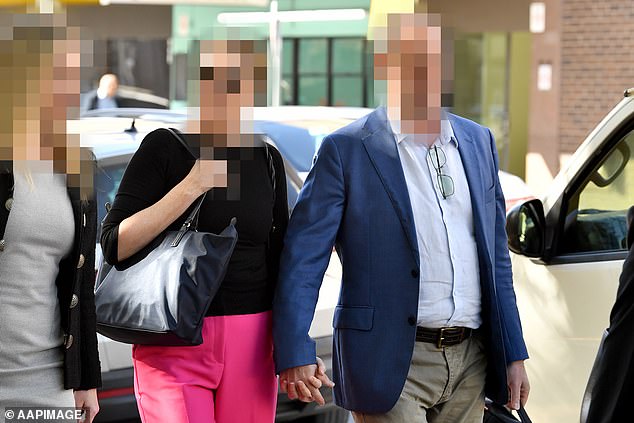
One police theory is that William fell off the verandah of his adoptive grandmother’s home in Kendal and then his adoptive mother allegedly disposed of his body (above, with adoptive father).
William’s adoptive mother and father have continually denied the allegation that they played a role in his disappearance or any crime.
The inquiry originally began in 2019 and lasted 18 months before it was adjourned in October 2020 and Ms Grahame’s findings were due to be delivered in June 2021.
The investigation was postponed for police to begin further investigations in late 2021 which involved searching for new locations around Kendall.
In the new dig, teams searched the garden of his adoptive grandmother’s house and nearby bushland, but did not report finding anything of importance.
The investigation was then postponed again while prosecutors weighed evidence relating to the missing child’s adoptive mother.
Last year, police handed a brief of evidence to the Director of Public Prosecutions recommending that William’s adoptive mother be charged with perverting the course of justice and interfering with a dead body.
Around that time, the adoptive parents’ attorney, Rylie Hahn, asked police to release any evidence.
“William’s adoptive mother and adoptive father are in a position to request the disclosure of evidence that the police say forms the basis of a criminal prosecution,” Ms. Hahn said last year.
‘We are halfway through the investigation and William is still missing and his case unsolved.
“William’s adoptive mother maintains that she had nothing to do with his disappearance… and is calling on police to continue searching for William and what happened to him.”
Then, in August this year, Ms Grahame received a letter from the Crown Prosecution Service outlining the status of that request for advice.
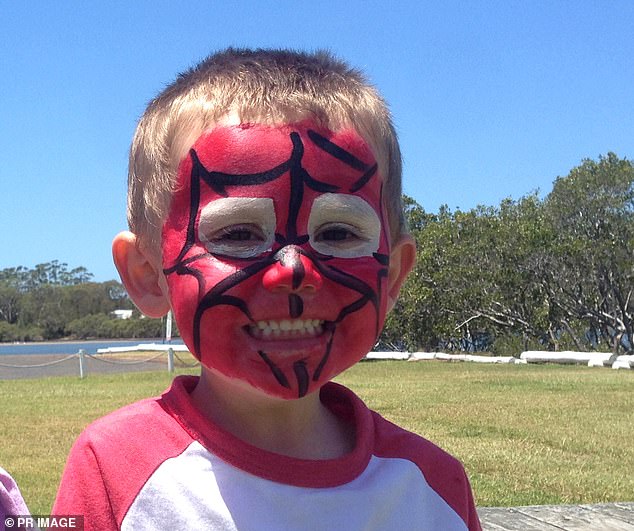
William Tyrrell, dressed as his favorite character, pictured shortly before he disappeared while playing on the terrace in Kendall, on the mid-north coast of New South Wales, with his grandmother and sister.
In the letter, Director of Public Prosecutions Sally Dowling SC said that in April NSW Police had asked her office to “suspend” its application for advice until the conclusion of the final block of investigative hearings.
In 2022, William’s adoptive mother was found not guilty of lying to the New South Wales Crime Commission.
In November last year, William’s adoptive father was also cleared of five charges of lying to the NSW Crime Commission.
The court was told at the time that during the Crime Commission hearing, assisting counsel Sophie Callan SC questioned the foster mother about whether William had fallen from the balcony and whether she had disposed of the body.
The couple denied any wrongdoing or disposal of his body.

